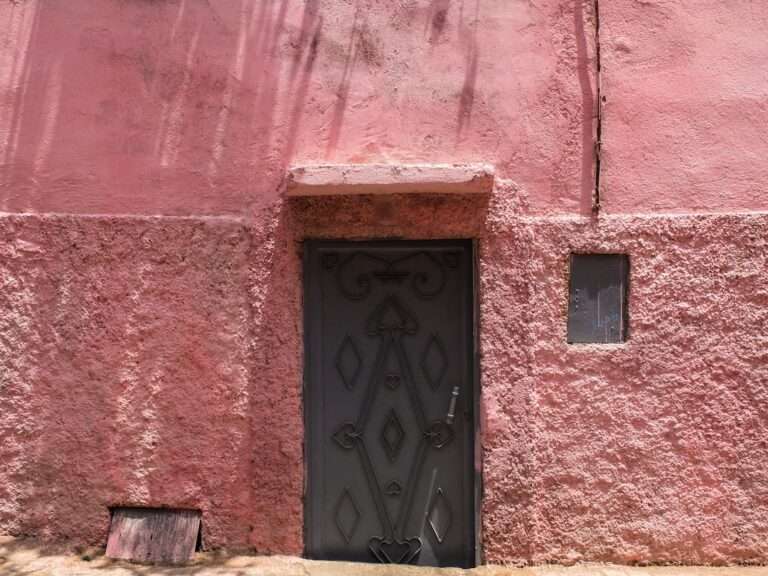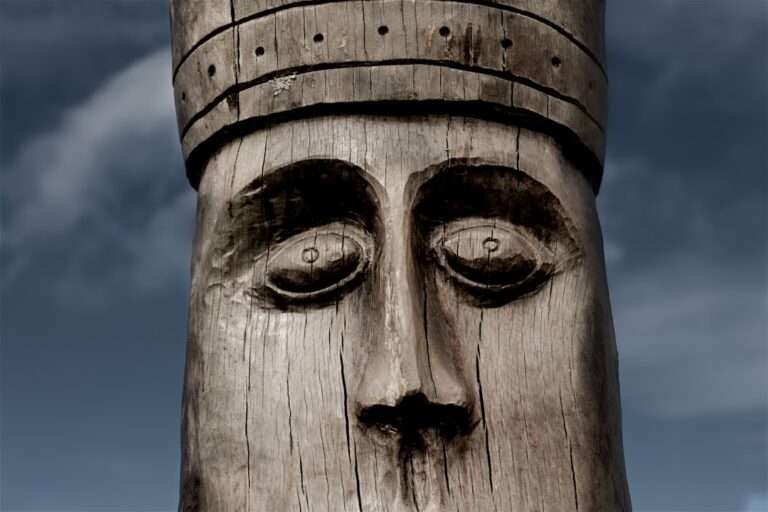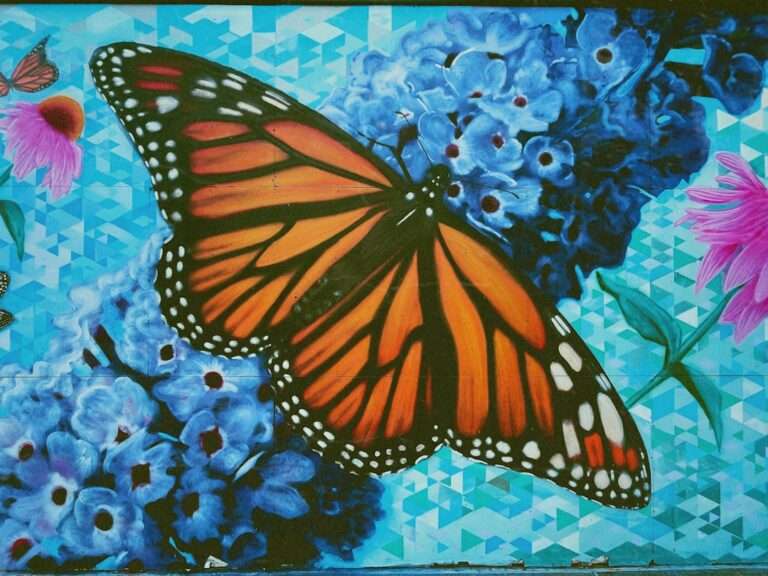What do the Adinkra symbols of Ghana represent?

Adinkra symbols are an integral part of Ghanaian and Ivorian cultural heritage, particularly among the Akan people of Ghana and the Gyaman people of Côte d’Ivoire. These symbols represent a sophisticated system of visual communication, conveying concepts, proverbs, and aphorisms through geometric shapes and intricate designs. Each symbol carries a unique meaning and significance, deeply rooted in the cultural and spiritual traditions of these communities.
Adinkra symbols are utilized in various forms of artistic expression, including textiles, pottery, and architecture. Their application extends beyond mere decoration, as they serve as a means of transmitting cultural knowledge and values across generations. These symbols play a crucial role in many aspects of daily life, from birth to death, and are incorporated into social, religious, and political contexts within Akan and Gyaman societies.
The significance of Adinkra symbols lies in their ability to encapsulate and communicate the collective wisdom, beliefs, and aspirations of the communities that use them. As such, they are an essential component of Ghanaian and Ivorian cultural identity, revered for their historical importance and continuing relevance in contemporary society. The use of Adinkra symbols helps preserve and promote traditional knowledge while providing a visual language that resonates with both local and global audiences.
Key Takeaways
- Adinkra symbols are visual representations of concepts and aphorisms from the Akan people of Ghana.
- Adinkra symbols have a rich history dating back to the 19th century and are traditionally used in textile design and pottery.
- Each Adinkra symbol carries a specific meaning and interpretation, often representing proverbs, values, and beliefs of the Akan people.
- Some common Adinkra symbols include Sankofa, Gye Nyame, and Dwennimmen, representing concepts like learning from the past, the supremacy of God, and humility.
- Adinkra symbols are deeply ingrained in Ghanaian culture and are used in various aspects of life, from clothing and architecture to social rituals and ceremonies.
History and Origins of Adinkra Symbols
Traditional Significance and Usage
These symbols were traditionally hand-printed onto cloth using a dye made from the bark of the Badie tree, resulting in intricate and beautiful patterns that were highly prized. The origins of Adinkra symbols are closely tied to the cultural and spiritual beliefs of the Akan and Gyaman people. The symbols were originally used in rituals, ceremonies, and other important cultural events as a way to convey messages and express important values.
Evolution and Expansion
Over time, Adinkra symbols became more widely used in various aspects of daily life, including clothing, pottery, and architecture. The symbols were also used as a form of visual storytelling, conveying proverbs, historical events, and moral lessons.
Legacy and Cultural Significance
Today, Adinkra symbols continue to be an important part of Ghanaian culture, preserving the rich history and traditions of the Akan and Gyaman people.
Meaning and Interpretation of Adinkra Symbols
Adinkra symbols are rich in meaning and symbolism, each representing a specific concept or idea that is important to the Akan and Gyaman cultures. These symbols are often based on proverbs, historical events, or moral values, and they serve as a visual language that conveys deep philosophical and spiritual meanings. For example, the “Adinkrahene” symbol represents greatness, charisma, and leadership, while the “Gye Nyame” symbol signifies the supremacy of God.
Each symbol has its own unique interpretation, and they are often used to convey messages of wisdom, courage, unity, and resilience. The interpretation of Adinkra symbols is not limited to their literal meanings; they also hold deeper spiritual significance for the Akan and Gyaman people. Many of these symbols are associated with traditional religious beliefs and practices, serving as a means of connecting with the spiritual world.
The use of Adinkra symbols in rituals and ceremonies is believed to invoke the power and protection of ancestral spirits, as well as to communicate with deities and other supernatural beings. As such, these symbols are deeply ingrained in the spiritual fabric of Ghanaian society and continue to play a vital role in religious practices and cultural traditions.
Common Adinkra Symbols and Their Representations
There are over 80 Adinkra symbols, each with its own unique representation and significance. Some of the most common Adinkra symbols include: 1. Adinkrahene: This symbol represents greatness, charisma, and leadership.
It is often associated with authority and is used to convey messages of strength and power. 2. Gye Nyame: This symbol signifies the supremacy of God and is often used to express faith, trust, and dependence on a higher power.
3. Sankofa: The Sankofa symbol represents the importance of learning from the past in order to move forward. It is often associated with the proverb “Se wo were fi na wosankofa a yenkyi,” which translates to “It is not wrong to go back for that which you have forgotten.” 4.
Dwennimmen: This symbol represents humility and strength. It is often associated with the proverb “Nea onnim no sua a, ohu,” which translates to “He who does not know can know from learning.” 5. Akoma: The Akoma symbol represents patience, tolerance, and faithfulness.
It is often associated with matters of the heart and is used to convey messages of love and understanding. These are just a few examples of the many Adinkra symbols that hold deep cultural and spiritual significance for the Akan and Gyaman people. Each symbol carries its own unique message and serves as a visual representation of important values and beliefs.
Use of Adinkra Symbols in Ghanaian Culture and Traditions
Adinkra symbols are deeply ingrained in various aspects of Ghanaian culture and traditions, playing a significant role in social, religious, and political contexts. These symbols are commonly used in clothing, particularly in traditional Kente cloth, which is adorned with intricate Adinkra patterns that convey specific meanings and messages. Adinkra symbols are also used in pottery, architecture, and other forms of art, serving as a means of visual storytelling that preserves the history and traditions of the Akan and Gyaman people.
In addition to their decorative use, Adinkra symbols are also employed in various rituals, ceremonies, and rites of passage. For example, during funerals, Adinkra symbols may be used to convey messages of mourning, remembrance, and spiritual protection. Similarly, during naming ceremonies or weddings, these symbols may be used to express blessings, good wishes, and important cultural values.
Adinkra symbols are also commonly found in religious practices, where they serve as a means of connecting with ancestral spirits and invoking divine protection. The use of Adinkra symbols in Ghanaian culture goes beyond mere decoration; these symbols are deeply intertwined with the social fabric of society and play a vital role in preserving cultural heritage and transmitting important values from one generation to the next.
Contemporary Use and Popularization of Adinkra Symbols

The Evolution of Adinkra in Modern Art and Design
Contemporary artists and designers have infused Adinkra symbols into their work, creating modern interpretations that pay tribute to traditional craftsmanship while catering to contemporary tastes. The diaspora community has also embraced these symbols as a means of connecting with their African roots and celebrating their heritage.
Adinkra Symbols as a Tool for Social Change
Beyond their aesthetic appeal, Adinkra symbols have been utilized as a means of promoting social justice, empowerment, and unity within African communities worldwide.
The Commercialization of Adinkra Symbols
The popularization of Adinkra symbols has led to their use in commercial products such as clothing, accessories, home goods, and even tattoos. While some argue that this commercialization dilutes the cultural significance of these symbols, others see it as a way to share their beauty and meaning with a wider audience. Regardless of how they are used, Adinkra symbols continue to hold deep cultural and spiritual significance for Ghanaians, serving as a powerful reminder of their rich heritage.
Importance and Impact of Adinkra Symbols in Ghanaian Society
In conclusion, Adinkra symbols hold immense importance in Ghanaian society as visual representations of cultural values, beliefs, and traditions. These symbols have been passed down through generations as a means of preserving the collective wisdom and history of the Akan and Gyaman people. They play a vital role in various aspects of Ghanaian life, from birth to death, serving as a means of communication, expression, and connection with ancestral spirits.
The impact of Adinkra symbols extends beyond their decorative use; they serve as a powerful reminder of Ghana’s rich cultural heritage and continue to play a significant role in preserving traditional values in an ever-changing world. As these symbols gain popularity on a global scale, it is important to recognize their origins and significance within Ghanaian society while celebrating their ability to connect people across cultures. Adinkra symbols are not just beautiful designs; they are living expressions of Ghanaian identity that continue to inspire pride, unity, and resilience within the community.
FAQs
What are Adinkra symbols?
Adinkra symbols are visual representations of concepts and aphorisms developed by the Akan people of Ghana. They are often used in fabric, pottery, and other traditional crafts.
What do Adinkra symbols represent?
Adinkra symbols represent a wide range of concepts, including proverbs, historical events, and aspects of Akan culture. Each symbol has its own specific meaning and can convey a complex idea in a single image.
How are Adinkra symbols used?
Adinkra symbols are commonly used in fabric printing, pottery, and other traditional crafts in Ghana. They are also used in contemporary art and design, and have gained popularity as a symbol of African identity and heritage.
What is the significance of Adinkra symbols in Ghanaian culture?
Adinkra symbols are deeply rooted in Akan culture and are used to convey important messages and values. They are often used in ceremonies, rituals, and everyday life to communicate ideas and beliefs.
Are Adinkra symbols still relevant today?
Yes, Adinkra symbols continue to be an important part of Ghanaian culture and are also recognized and appreciated by people around the world. They are used in various forms of art, design, and fashion, and are a symbol of African heritage and identity.





